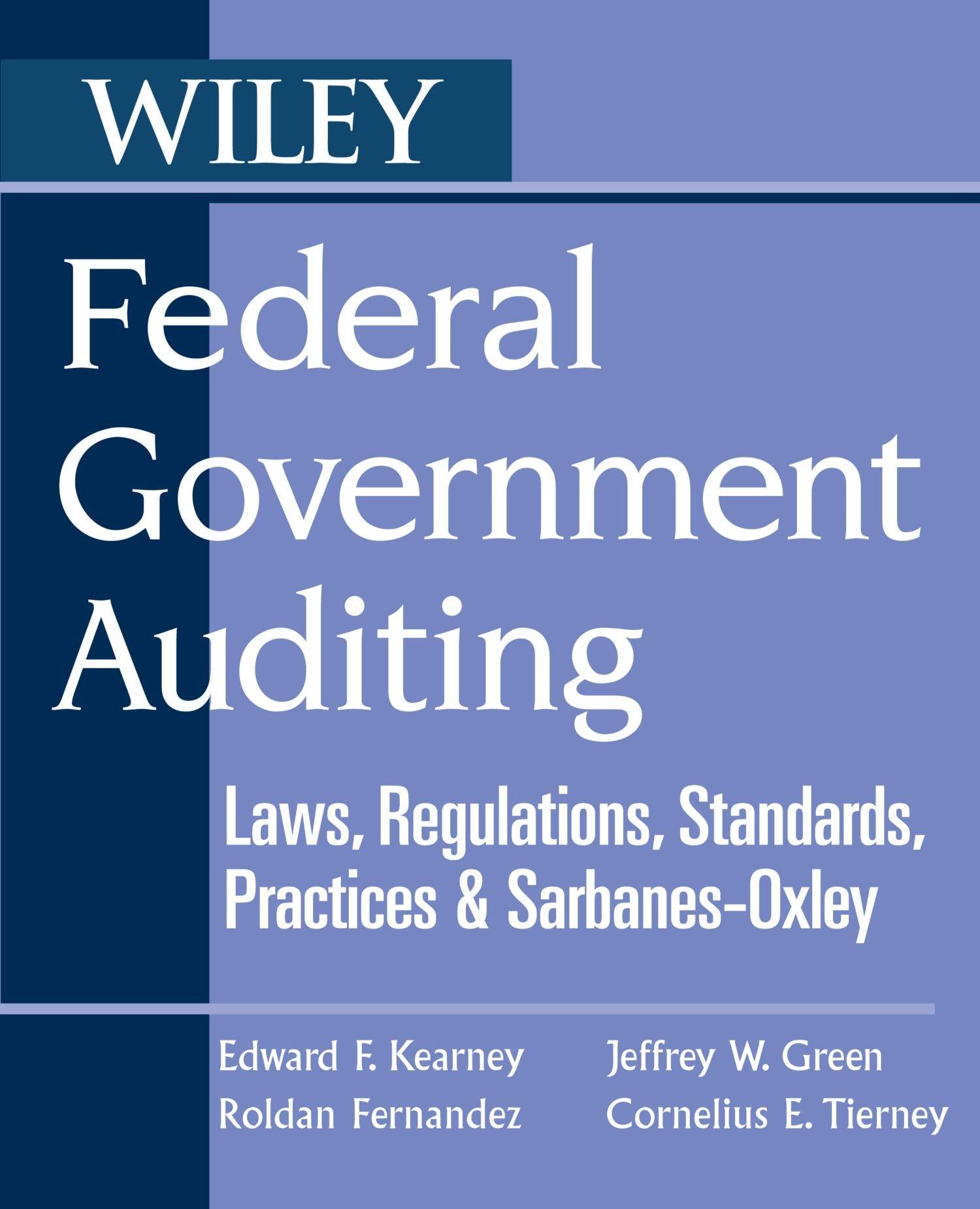Question
Jim is opening a retirement account with a bank that will pay him 12% interest compounded monthly. He has $30,000 to deposit into the account
Jim is opening a retirement account with a bank that will pay him 12% interest compounded monthly. He has $30,000 to deposit into the account now and he will make deposits of equal amounts each month. He would like to have $500,000 in the account in 20 years.
(a) Write a difference equation that determines the amount in Jims account after n months. Use the letter D to represent the amount that Jim deposits each month. Also, dont forget to write down y0.
(b) Determine how much money Jim should deposit into his account each month to meet his goal.
(c) In 20 years, when Jim retires, he will have $500,000 in his account. At this time he transfers his money into a safer investment that pays him 3% interest compounded monthly. What is the maximum amount he can withdraw from his account each month if he wants to continue to withdraw that amount indefinitely?
Step by Step Solution
There are 3 Steps involved in it
Step: 1

Get Instant Access to Expert-Tailored Solutions
See step-by-step solutions with expert insights and AI powered tools for academic success
Step: 2

Step: 3

Ace Your Homework with AI
Get the answers you need in no time with our AI-driven, step-by-step assistance
Get Started


